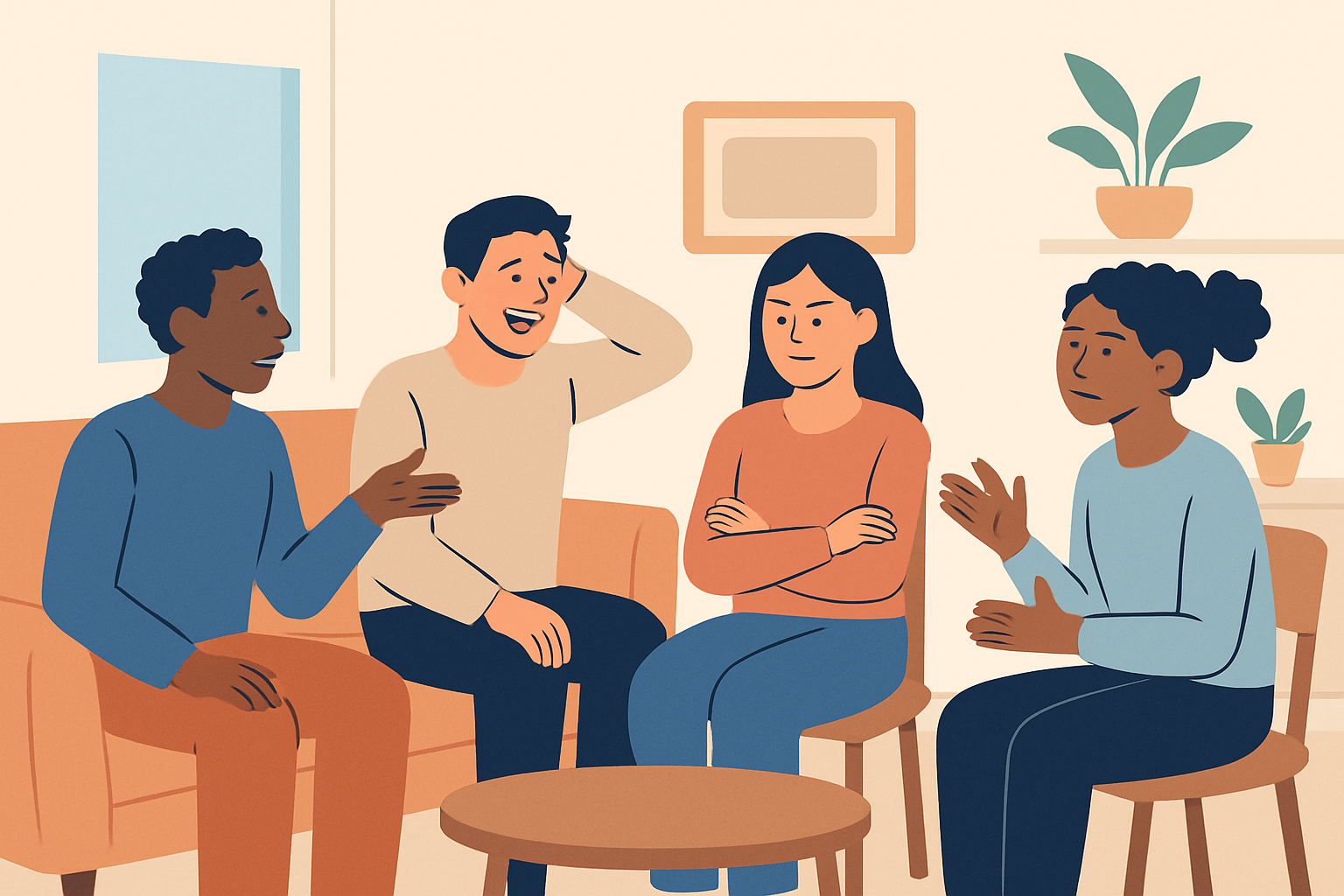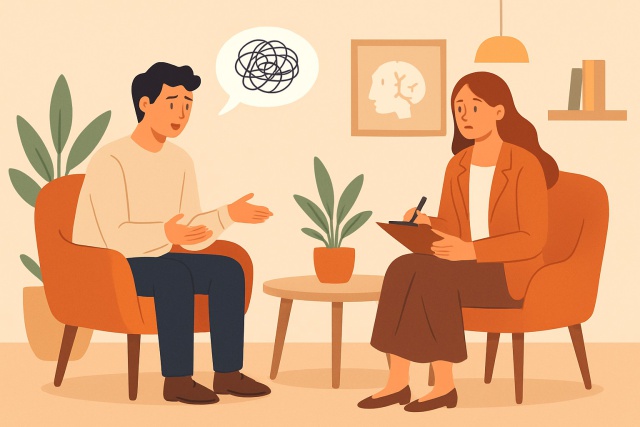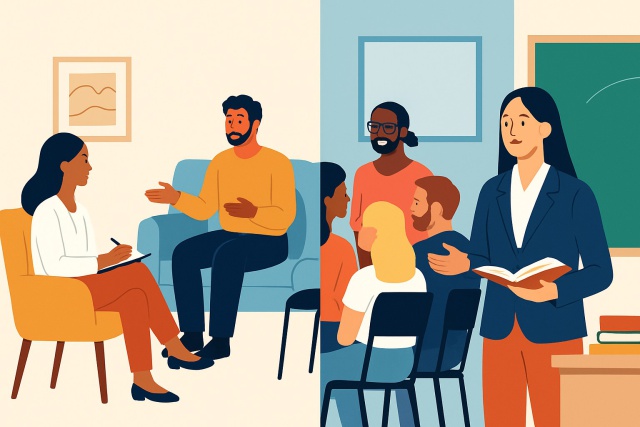
Understanding Functional and Integrative Medicine Approaches
Discover how functional and integrative medicine focus on personalized root-cause treatment and holi...
Deflection psychology often operates quietly in the background of our daily interactions, softly nudging attention away from personal responsibility or those tricky emotions we would rather dodge.
Deflection psychology is basically a mental dance people do to dodge those tough feelings or heavy responsibilities by steering the conversation elsewhere. Instead of tackling a problem straight-on, they'll often switch gears or point the finger at someone else.
People often lean on deflection as a trusty psychological shield. It usually springs from a fear of being judged or lingering shame or just a dip in self-confidence. Every now and then past trauma throws a wrench in the works and makes it tough to face emotions head-on.
Deflection usually slips in quietly but pops up all the time across different relationships and scenarios. It sneaks through certain words or behaviors and shifts attention to dodge the heart of the matter.

Deflection pops up all over in everyday life. Whether you are at the office, chilling at home or hanging out with friends it usually sneaks in as subtle repeated maneuvers people use to dodge owning their feelings or slip away from admitting mistakes.
You might not realize it, but deflection can sneak into conversations and relationships like an uninvited guest, subtly shifting blame or dodging accountability. It’s one of those tricky behaviors that, when left unchecked, tends to muddy the waters of clear communication and breeds frustration. In my experience, recognizing deflection early on is half the battle—because once you spot it, you can start untangling the knots it ties between people. Let’s dive into how this sneaky little tactic impacts the way we connect and talk with one another.
When deflection becomes a go-to move, it slowly chips away at trust and widens those emotional gaps between people. Misunderstandings tend to pile up simply because the real issues never see the light of day. Frustration builds as conversations spin their wheels, going round and round without any real resolution.
"Deflection often throws a wrench into honest conversations and getting to that deeper emotional intimacy, making it a real challenge to build genuine connections and navigate conflicts smoothly."
Responding to deflection calls for patience and a knack for reading between the lines. When you catch it without losing your cool it’s a real game-changer. You get to gently nudge the conversation back to the heart of the matter. By practicing empathetic listening, asking open-ended questions and setting firm but fair boundaries you invite accountability.
Persistent and chronic deflection usually signals something deeper going on emotionally or psychologically—issues that in my experience tend to respond well to therapy, especially when approached through the lens of deflection psychology. Approaches like cognitive behavioral therapy (CBT) can really help people spot when they’re deflecting and develop healthier ways to handle those tough emotions.

Discover how functional and integrative medicine focus on personalized root-cause treatment and holi...

Discover practical strategies to build trust with therapy clients by setting clear expectations, cre...

Confused about whether to see a psychotherapist or psychologist? This comprehensive guide compares t...

Discover how long it takes to become a therapist across different educational routes. This comprehen...